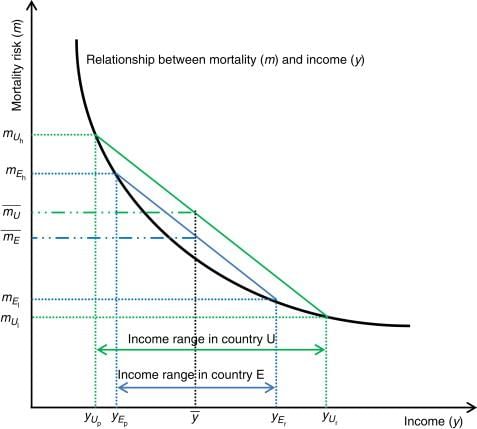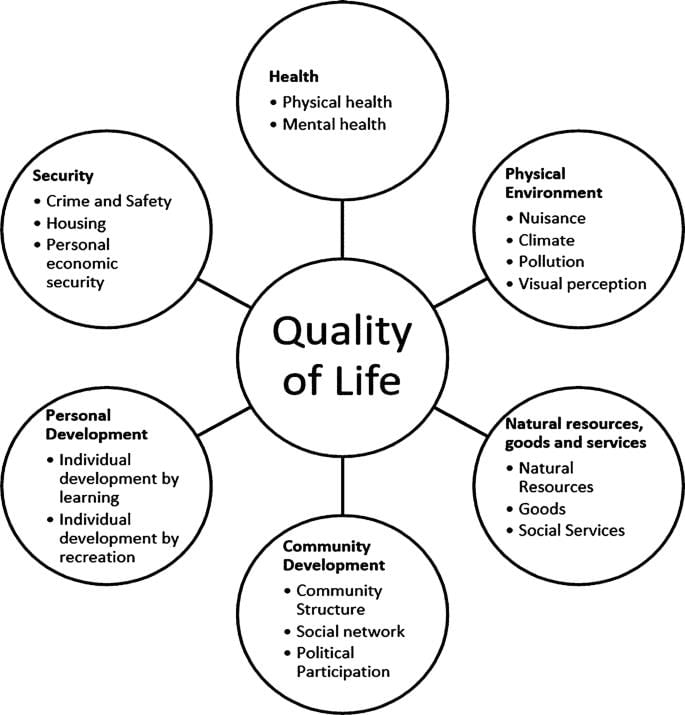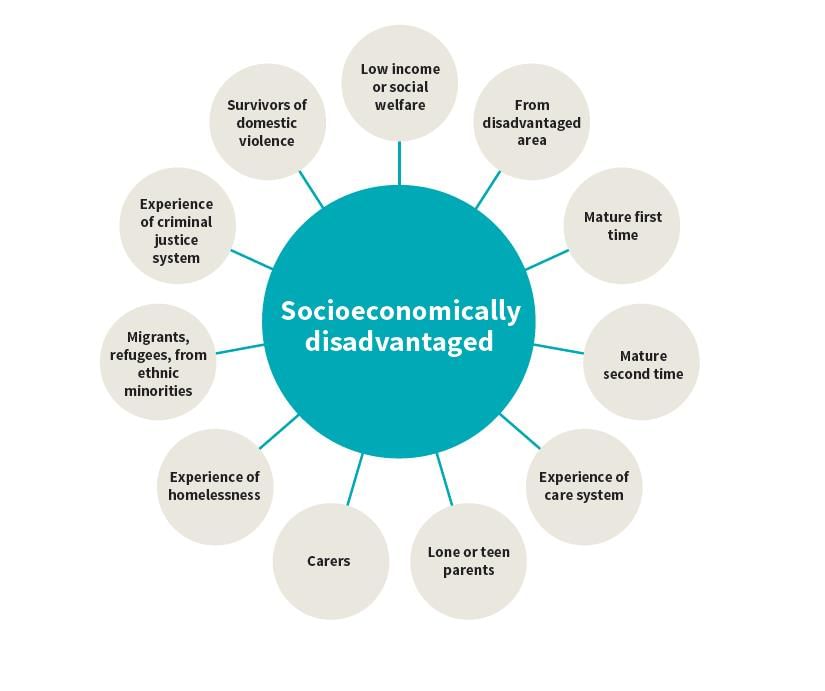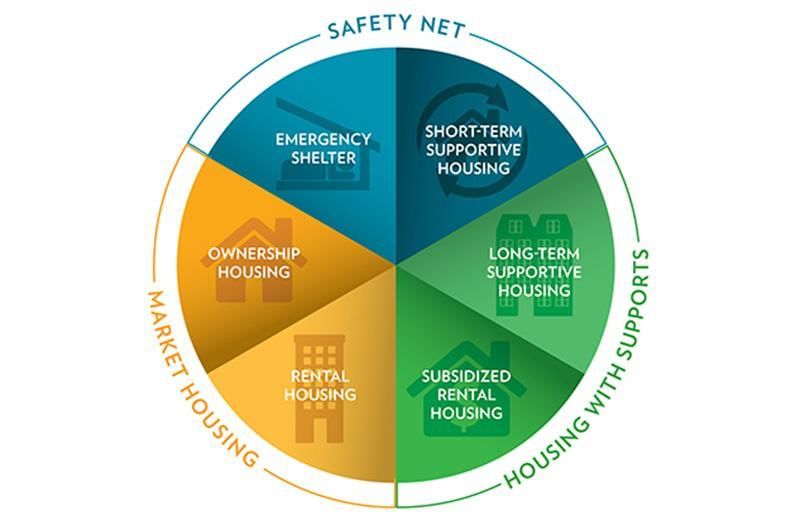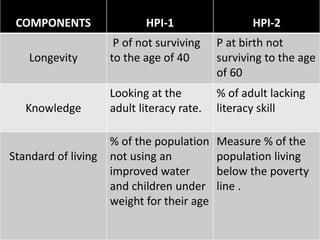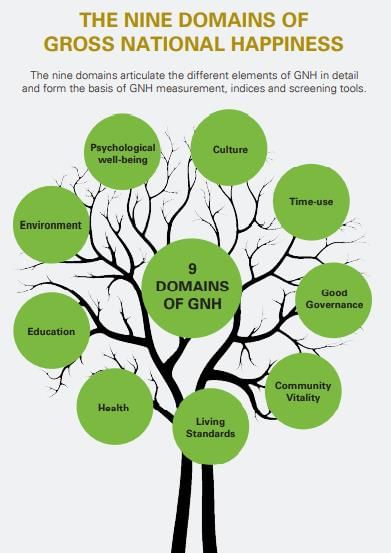|
Card: 3 / 50 |
True or False: Development reflects both positive and negative changes over time. |
|
Card: 5 / 50 |
For development to occur, growth must result in improvements in ___ and ___ of life. |
|
Card: 7 / 50 |
True or False: A city can experience growth without any improvements in housing or services. |
|
Card: 8 / 50 |
True; a city can grow in population without developing in terms of quality of life. |
|
Card: 11 / 50 |
___ refers to measurable increases or decreases in factors like population or income. |
|
Card: 14 / 50 |
False; economic growth does not always translate to improvements in quality of life. |
|
Card: 15 / 50 |
Fill in the blank: The concept of human development emphasizes improving people's ___ and enhancing their lives. |
|
Card: 17 / 50 |
Equity in human development primarily aims to ensure that individuals have equal access to opportunities regardless of their ___ and ___. |
|
Card: 19 / 50 |
True or False: Sustainability in human development focuses solely on economic growth without considering environmental impacts. |
|
Card: 20 / 50 |
False. Sustainability involves careful use of environmental, financial, and human resources to ensure future generations have access to opportunities.  |
|
Card: 21 / 50 |
Fill in the blank: Empowerment in human development is particularly important for groups that are socially and ___ disadvantaged. |
|
Card: 23 / 50 |
What is the relationship between productivity and the development of people's skills in the context of human development? |
|
Card: 24 / 50 |
Enhancing productivity involves ongoing improvement and innovation in individuals' skills, knowledge, and health, leading to better work performance. 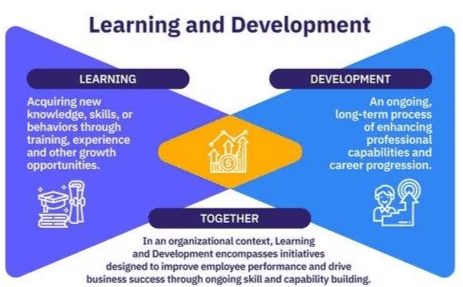 |
|
Card: 25 / 50 |
True or False: Educating girls contributes to limiting future career opportunities for subsequent generations. |
|
Card: 26 / 50 |
False. Educating girls creates more career opportunities and improves the lives of future generations. |
|
Card: 27 / 50 |
Fill in the blank: The four pillars of human development include equity, sustainability, productivity, and ___. |
|
Card: 29 / 50 |
How does the concept of equity address the issue of school dropouts in disadvantaged groups? |
|
Card: 30 / 50 |
Equity addresses school dropouts by identifying which groups experience the most dropouts and understanding the barriers they face, ensuring equal access to education. |
|
Card: 31 / 50 |
The income approach to human development suggests that ___ levels correlate with higher levels of human development. |
|
Card: 33 / 50 |
True or False: The Human Development Index (HDI) measures human development solely based on income levels. |
|
Card: 34 / 50 |
False. The HDI measures human development based on health, education, and access to resources. |
|
Card: 35 / 50 |
The minimum needs approach emphasizes providing basic needs such as health, education, food, water supply, sanitation, and ___. |
|
Card: 37 / 50 |
What is the primary focus of the capability approach as developed by economist Amartya Sen? |
|
Card: 38 / 50 |
The capability approach emphasizes building human capabilities in areas such as health, education, and access to resources. 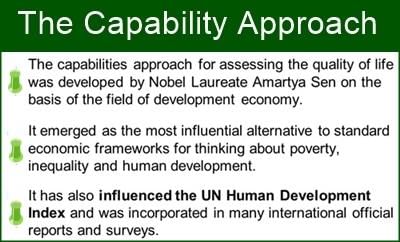 |
|
Card: 39 / 50 |
Fill in the blank: The Human Poverty Index considers factors such as the chance of dying before age ___, illiteracy rates among adults, and lack of access to clean water. |
|
Card: 41 / 50 |
According to the Human Development Index (HDI), a score closer to 1 indicates ___ human development. |
|
Card: 43 / 50 |
True or False: Bhutan uses Gross National Happiness (GNH) as a measure of progress, focusing on material aspects of development. |
|
Card: 45 / 50 |
As of 2022, India ranks ___ out of 193 countries in the Human Development Index (HDI). |
|
Card: 47 / 50 |
What does the Human Development Index (HDI) indicate about a country's level of development? |
|
Card: 48 / 50 |
The HDI indicates that human development is a measure that considers not only economic factors like income but also social factors such as education and health, suggesting that smaller countries can outperform larger ones in human development. 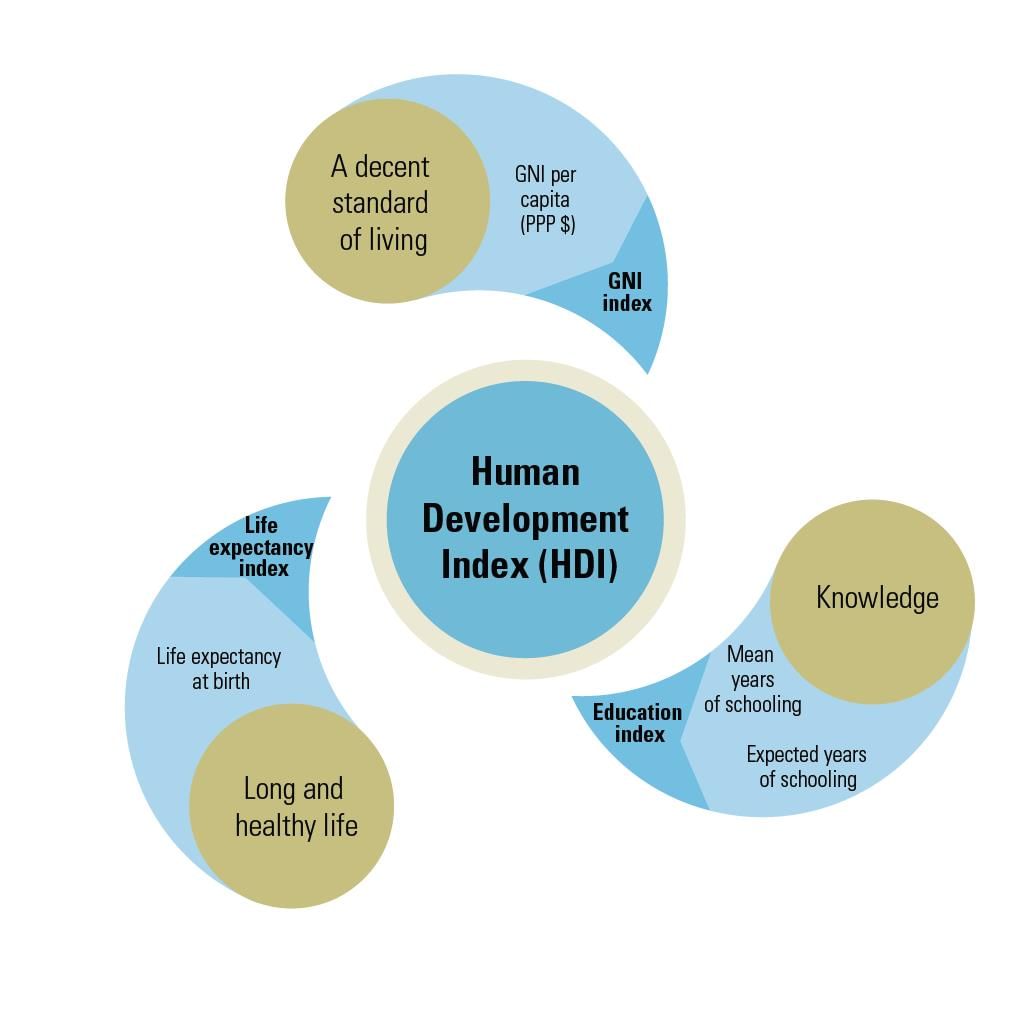 |
|
Card: 49 / 50 |
True or False: Larger countries always have higher human development scores than smaller countries. |
|
Card: 50 / 50 |
False. Larger countries do not necessarily have higher human development scores; smaller countries like Sri Lanka and Trinidad & Tobago can rank higher than larger economies such as India. |





